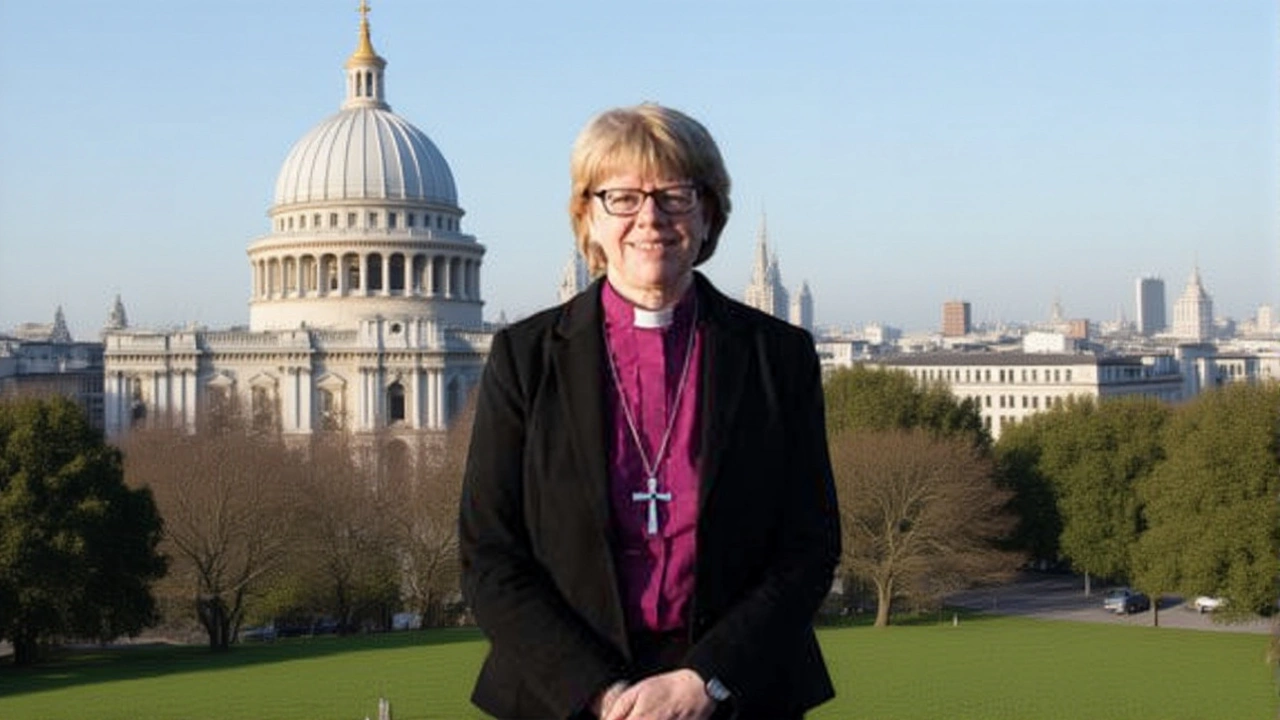Anglican Communion – History, Beliefs & Global Impact
Anglican Communion, a worldwide family of churches that trace their roots to the Church of England and share a common heritage of scripture, tradition, and reason. Also known as Anglican Church, it links over 85 million members across continents. Anglican Communion isn’t a single hierarchy; it’s a network of self‑governing bodies that still hold to a shared sense of identity. The Communion encompasses autonomous provincial churches, each handling its own governance while staying connected through historic ties.
Key components of the global family
Church of England, the mother church of the Anglican tradition, founded in the 16th‑century English Reformation. Its liturgy, episcopal structure and theological balance set the template for the rest of the Communion. When you look at its influence you’ll see why the Anglican Communion requires a shared commitment to the historic episcopate. That shared leadership model shapes everything from worship style to mission strategy.
Provincial churches, autonomous national or regional churches that are members of the Anglican Communion. They range from the Church of Nigeria to the Episcopal Church in the United States, each interpreting doctrine in local contexts. This diversity means the Communion reflects a broad cultural spectrum while still holding a common theological core. It also illustrates how Anglican doctrine influences worship practices worldwide.
Anglican doctrine, the set of beliefs expressed in the Scriptures, the Creeds, the Book of Common Prayer and the Lambeth Calls. It balances Scripture, tradition and reason, giving space for both conservative and progressive voices. Because of that balance, the Communion can adapt to social change without losing its identity. The doctrine’s flexibility is a key factor in how the Communion engages with modern issues.
Ecumenical relations, the dialogue and partnership between the Anglican Communion and other Christian denominations. These relationships foster unity, shared mission and theological exchange. Ecumenical ties shape the Communion’s global dialogue and often spark joint humanitarian projects. They also show how the Communion navigates theological differences while pursuing common goals.
Liturgy ties everything together. Anglican worship, rooted in the Book of Common Prayer, blends reverent ceremony with accessible language. That liturgical tradition creates a familiar rhythm for believers whether they’re in a small rural parish or a bustling city cathedral.
Beyond churches, the Communion impacts education, social justice and cultural life. Schools founded by Anglican bodies still teach the same values of service and inquiry that were set centuries ago. In many countries, Anglican NGOs provide health care, disaster relief and advocacy for the marginalized.
Now that you’ve got a solid picture of what the Anglican Communion is, how it’s organized, and why its doctrine and ecumenical work matter, you’re ready to explore the articles below. They dive deeper into history, theology, and real‑world impact, giving you a richer understanding of this worldwide fellowship.
Sarah Mullally Becomes First Female Archbishop of Canterbury
Sarah Mullally, Bishop of London, is appointed as the first female Archbishop of Canterbury by King Charles III. The historic move sparks praise from the Vatican and backlash from GAFCON, shaping the Anglican Communion's future.
